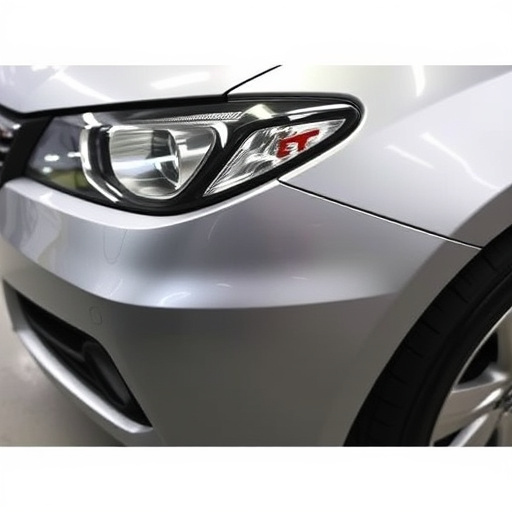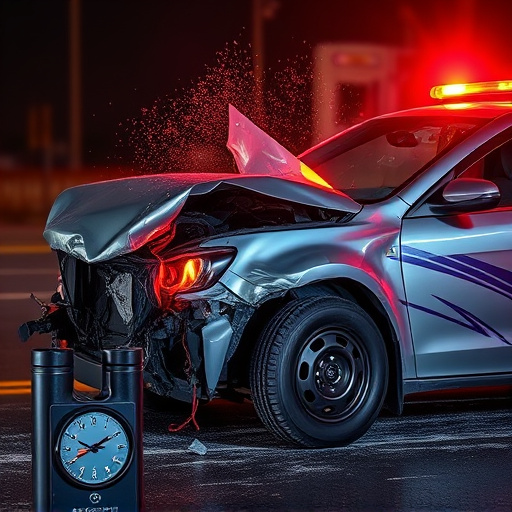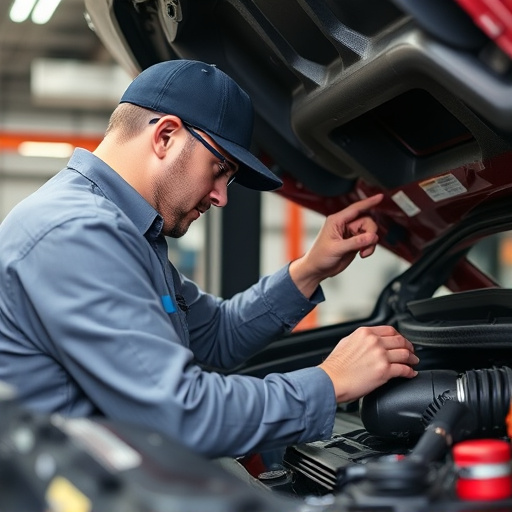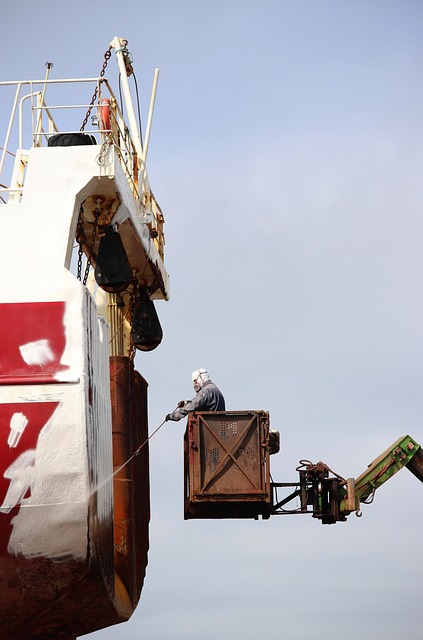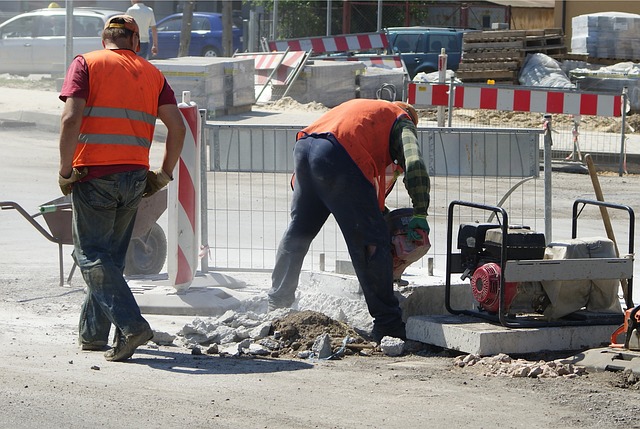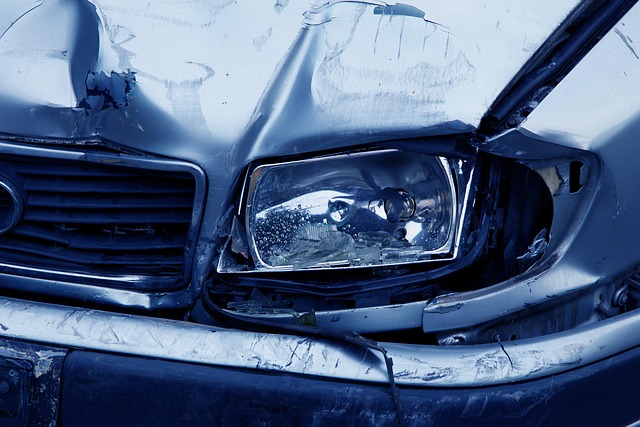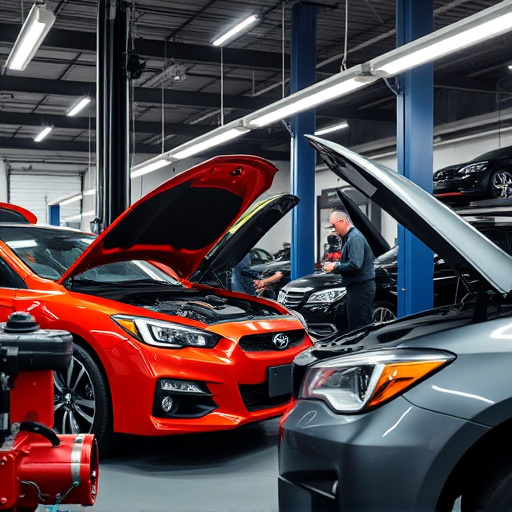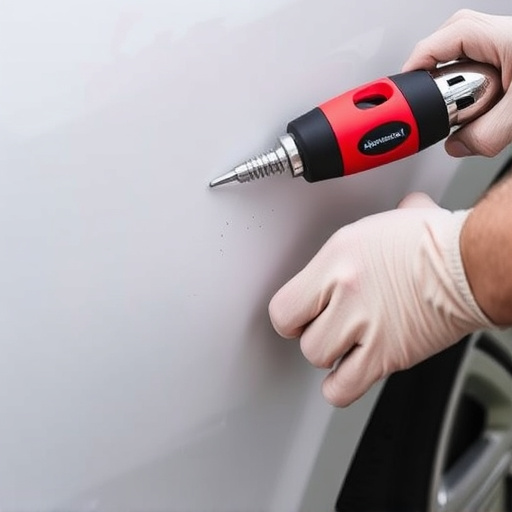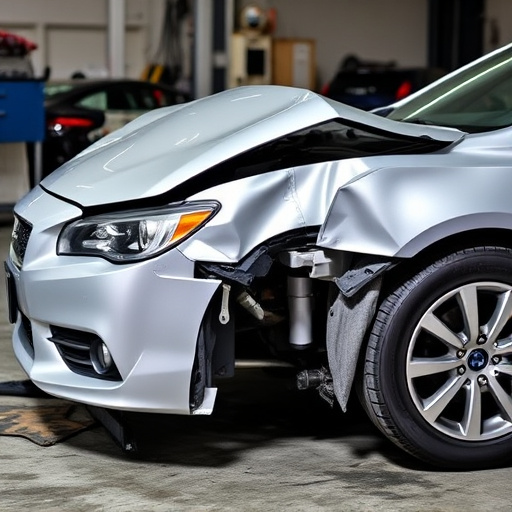Post-repair safety inspections are crucial for ensuring vehicle integrity and safety after collision or restoration repairs. These detailed checks, covering structural integrity, light functionality, and more, identify and rectify subtle issues missed during initial repair, preventing accidents. Collision repair centers prioritizing these inspections enhance customer satisfaction by providing safe, quality vehicles for road use. However, common oversights include exterior panel gaps, seal condition, suspension system integrity, and functional lighting systems. Rigorous training, standardized checklists, advanced diagnostic tools, and cross-team verification, along with regular quality assurance audits, are essential to prevent safety risks and damage, fostering customer trust.
In today’s digital era, prompt post-repair safety inspections are non-negotiable. These thorough checks ensure that repairs not only resolve issues but also safeguard against potential hazards. This article delves into the significance of these inspections, shedding light on common overlooked items and their consequences. By understanding these key points, folks can foster a culture of safety, revolutionizing how we approach post-repair processes. Remember that missed inspection points can have indelible impacts; thus, it’s crucial to implement effective prevention strategies.
- The Significance of Post-Repair Safety Inspections
- Common Items Often Overlooked During Checks
- Consequences and Prevention Strategies for Missed Inspection Points
The Significance of Post-Repair Safety Inspections
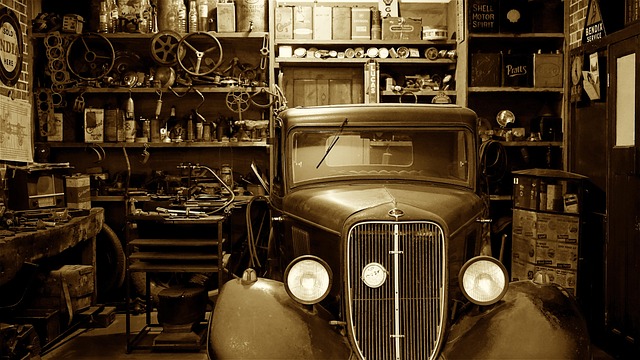
Post-repair safety inspections play a pivotal role in ensuring the integrity and safety of vehicles after they’ve undergone restoration or collision repair at a car body shop or collision repair center. These meticulous checks are not merely formalities but critical steps to identify and rectify any potential issues that may have been overlooked during the initial repair process. By implementing comprehensive post-repair safety inspections, auto body services can guarantee that the fixed vehicles meet the highest safety standards, protecting both the occupants and other road users.
Such inspections cover a wide range of components and systems, from structural integrity checks to functionality tests of lights and signals. They help in discovering subtle problems like loose connections, misaligned parts, or faulty mechanisms that could lead to catastrophic failures. By addressing these issues early on, collision repair centers can significantly reduce the risk of accidents and ensure customer satisfaction by providing high-quality, safe vehicles for road use.
Common Items Often Overlooked During Checks

During post-repair safety inspections at automotive body shops or collision repair centers, several common items are often overlooked. These can include exterior panel gaps, which may not have been properly aligned during the repair process, leading to potential water intrusion issues over time. Another frequently missed area is the condition of the seals and gaskets around doors, windows, and the hood. These parts are crucial for maintaining a watertight and secure vehicle cabin.
Additionally, the inspection should scrutinize the integrity of the suspension system, including shocks and struts, which can be affected by collision damage. Also, lighting systems, both internal and external, require attention to ensure they function optimally and safely. In the case of a vehicle dent repair, for instance, the surrounding panels might have been stressed during the removal process, and thorough checks are needed to verify their structural soundness.
Consequences and Prevention Strategies for Missed Inspection Points

Missed post-repair safety inspection points can have severe consequences for both customers and auto body shops alike. When critical components are overlooked during the inspection process, such as ensuring proper alignment after fender repair or dent removal, it increases the risk of future accidents and structural damage. Customers might be left with unsafe vehicles, fostering a lack of trust in the auto body shop’s capabilities.
Prevention strategies are paramount to mitigate these issues. Auto body shops should implement rigorous training programs for technicians, emphasizing the importance of meticulous inspection. Standardized checklists tailored to various repair services like fender repair or dent removal can serve as reliable guides. Additionally, utilizing advanced diagnostic tools and employing cross-checking techniques among different teams can significantly reduce missed inspection points. Regular quality assurance audits also ensure that safety protocols are consistently followed, fostering a culture of thoroughness and customer satisfaction within the shop.
Missed post-repair safety inspection items can have significant consequences, from minor accidents to severe damage. It’s crucial to understand that these inspections are vital for ensuring the safety and longevity of structures after repairs. By being mindful of common overlooked points and implementing preventive strategies, repair professionals can significantly reduce risks. Regular, thorough post-repair safety inspections are not just best practices; they’re essential for maintaining a safe environment and preserving the integrity of repaired spaces.
